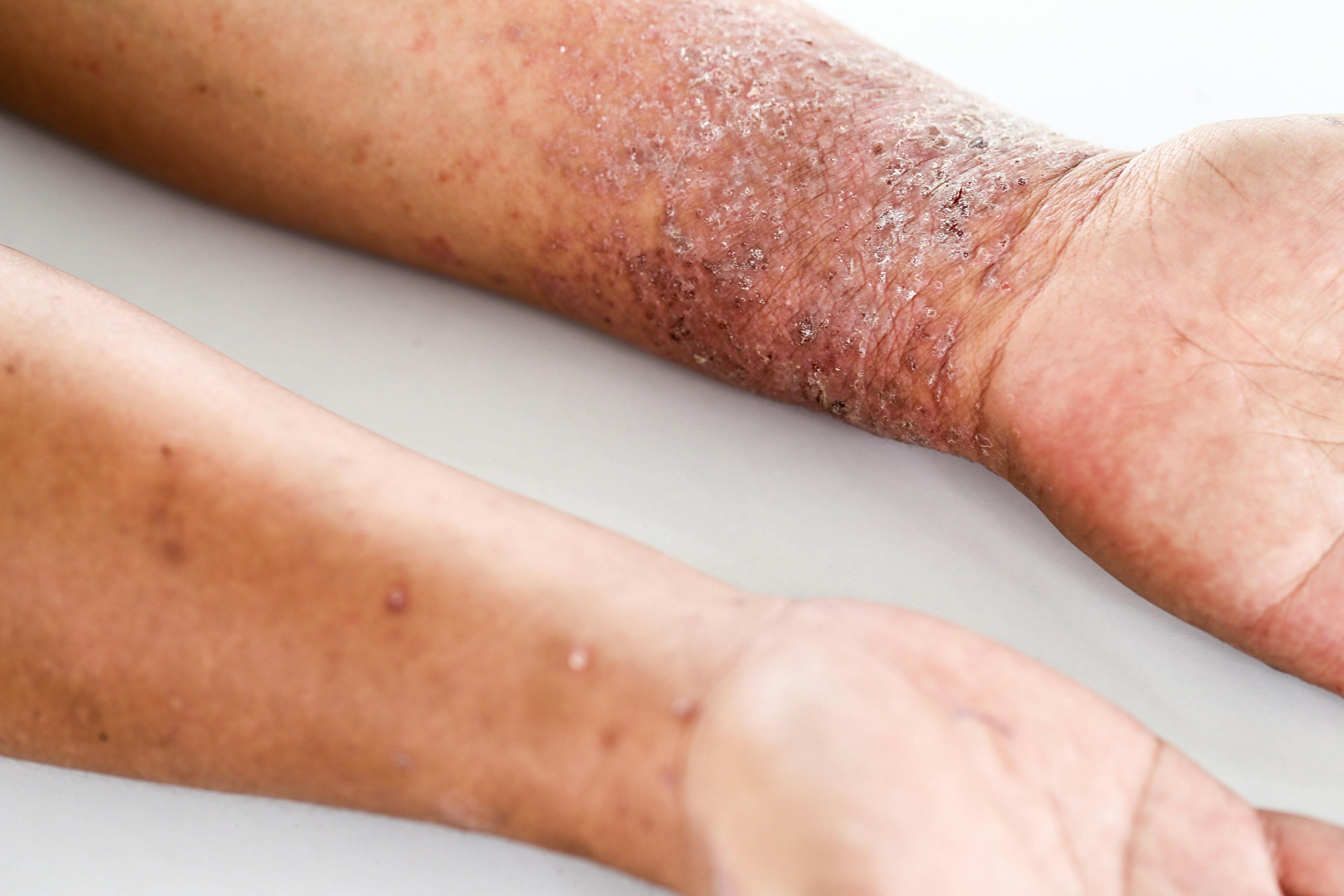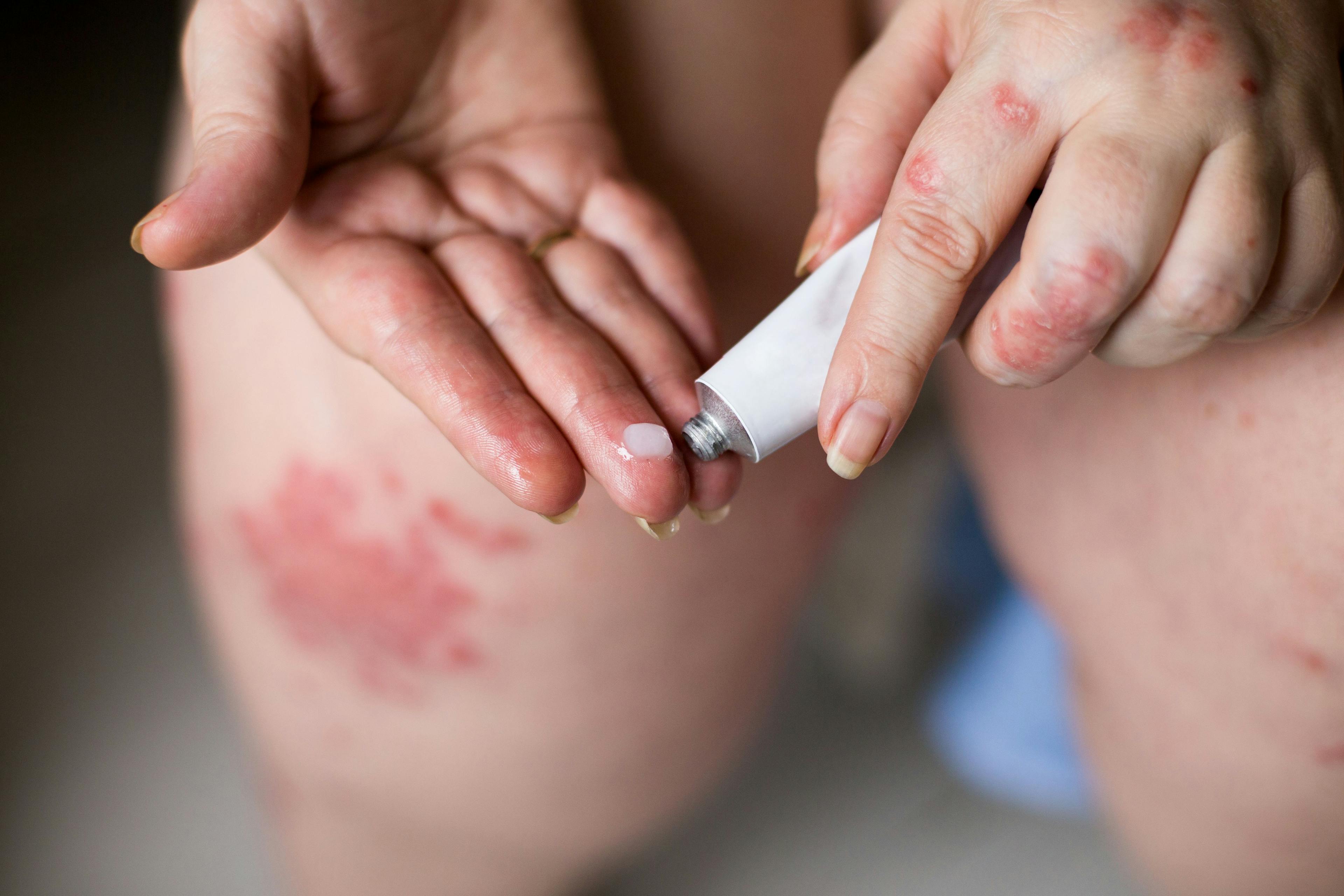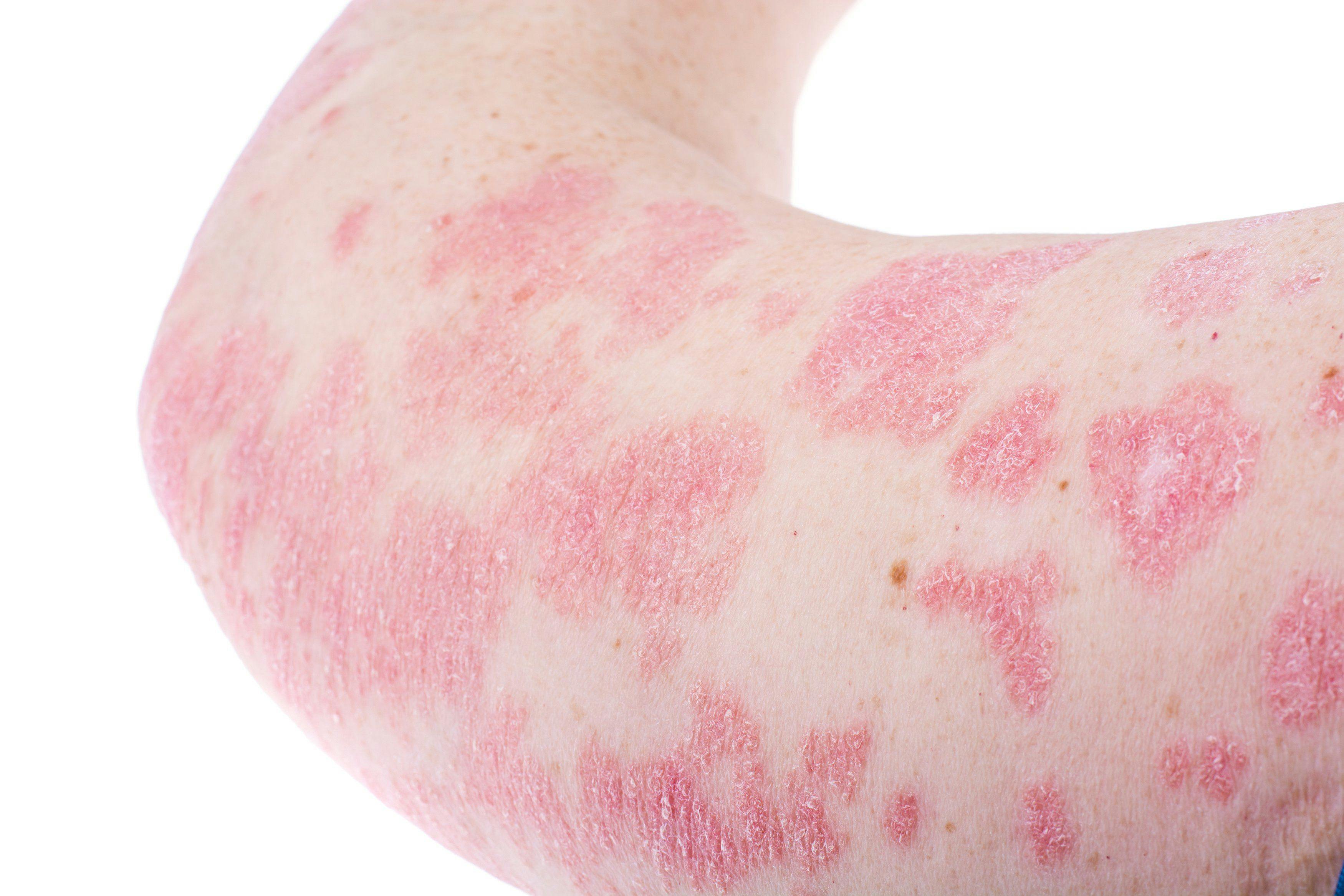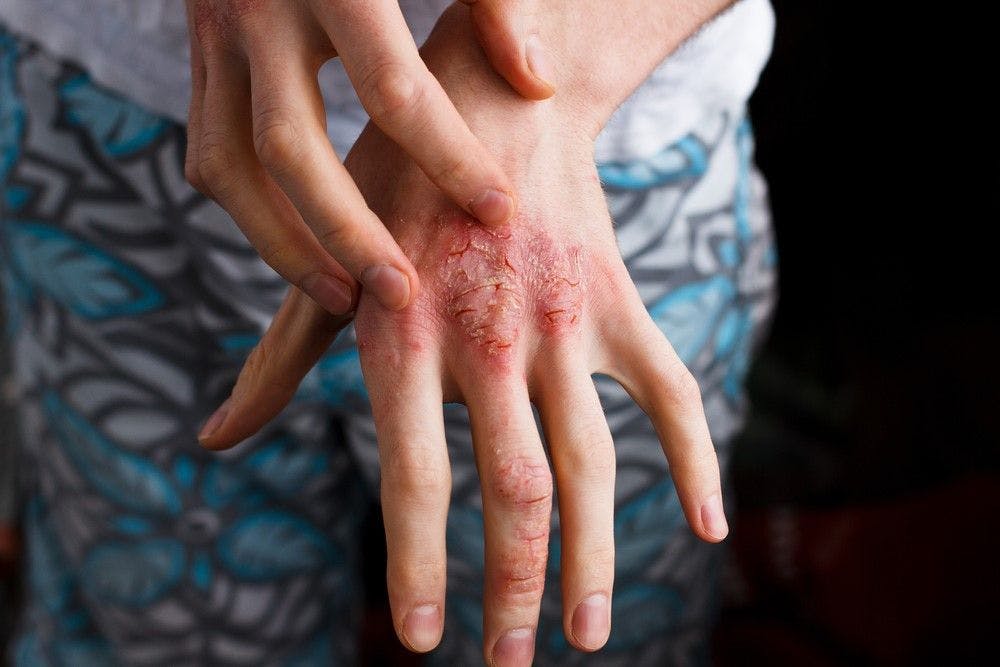- Acne
- Actinic Keratosis
- Aesthetics
- Alopecia
- Atopic Dermatitis
- Buy-and-Bill
- COVID-19
- Case-Based Roundtable
- Chronic Hand Eczema
- Drug Watch
- Eczema
- General Dermatology
- Hidradenitis Suppurativa
- Melasma
- NP and PA
- Pediatric Dermatology
- Pigmentary Disorders
- Practice Management
- Precision Medicine and Biologics
- Prurigo Nodularis
- Psoriasis
- Psoriatic Arthritis
- Rare Disease
- Rosacea
- Skin Cancer
- Vitiligo
- Wound Care
Publication
Article
Dermatology Times
Market competition impacts topical generic medication pricing
Author(s):
Researchers explore the association between drug price and market competition among the most commonly prescribed topical generic medications in dermatology. Here's what they found.
Researchers explore the association between drug price and market competition among the most commonly prescribed topical generic medications in dermatology. Here's what they found. (Ольга Тернавская - stock.adobe.com)
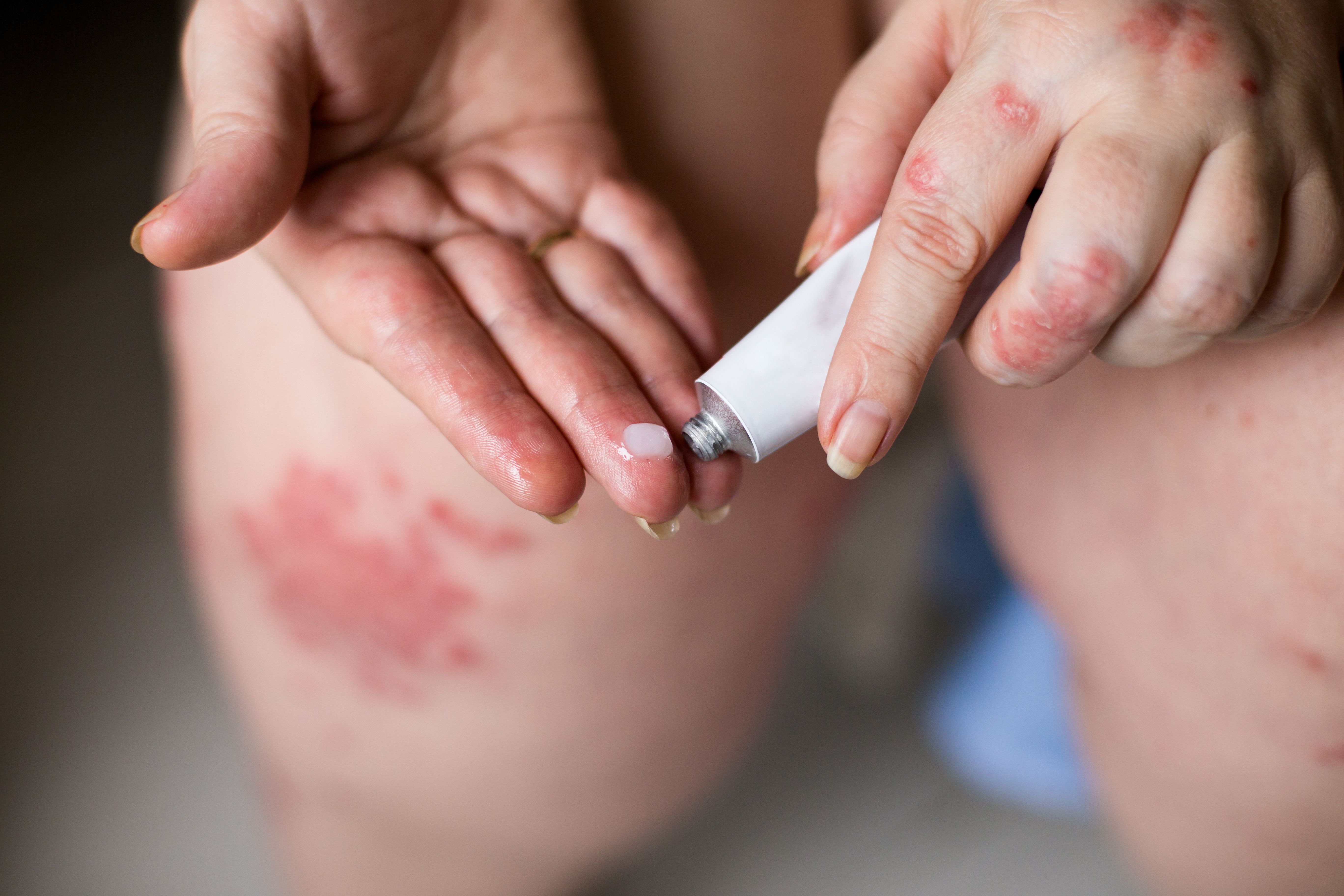
Market competition plays a role in controlling the costs of medications, according to a recent analysis.1 Topical dermatologic formulations associated with more than six manufacturers were found to be significantly less expensive than formulations associated with only one or two manufacturers.
Over the past decade, drug prices for commonly prescribed dermatologic medications have exceeded the rate of inflation and reimbursement. In a retrospective cost analysis of the most commonly prescribed topical dermatologic generic drugs published online in JAMA Dermatology, researchers explored the association between drug price and market competition among the most commonly prescribed topical generic medications in dermatology.
“Our study helps us understand some of the reasons that we have seen dramatic increases in the costs of topical medications over the past several years,” says principal investigator Arash Mostaghimi, M.D., M.P.A., M.P.H., of the department of dermatology at Brigham and Women’s Hospital in Boston.
Previous research by Dr. Mostaghimi and his associates demonstrated a large increase in the price of topical steroid medications over the past few years.
“This has resulted in increased costs for Medicare and for individual patients,” Dr. Mostaghimi tells Dermatology Times. “We wanted to evaluate whether reduced market competition may play a role in these higher prices.”
Studies have shown a role for robust generic market competition in reducing drug prices among non-dermatologic medications, the authors wrote. However, the connection between competition and the costs of topical dermatologic generic drugs has not been assessed.
The investigators used the National Average Drug Acquisition Cost (NADAC) database to identify the price per unit for 166 topical dermatologic formulations, representing 70.5% of the total Medicare Part D dermatologistcoded claims for 2015.
Annual drug prices were collected for the years 2013 to 2016, with inflation-adjusted for 2016.
The three most widely used topical dermatologic generic drugs by Medicare beneficiaries were formulations of topical steroids (56%), acne and rosacea medications (17.2%) and antifungal medications (16.4%).
Drug formulations with only one or two manufacturers during the study period showed a 12.7% median increase in price, while those formulations with more than six manufacturers had a 20.5% median decrease in price.
More specifically, formulations with one or two manufacturers were 20.6% more expensive than those with three or four manufacturers; 19.5% higher than with five or six manufacturers; and a staggering 33.2% higher than with more than six manufacturers.
“There was a statistically significant inverse association between the percentage change in drug price and median number of manufacturers,” the authors wrote.
Price discrepancies were particularly alarming for the 65 generic topical steroids. Formulations by one or two manufacturers had a 67.8% higher median cost compared to three or four manufacturers; 65.3% higher than for five or six manufacturers; and 62.2% higher than with more than six manufacturers.
Moreover, when the number of manufacturers remained unchanged between 2013 and 2016, formulations with one or two manufacturers had a 25.2% higher median drug price than formulations produced by three or four manufacturers; a 35.5% higher drug price than formulations from five or six manufacturers; and a 32.1% higher price than formulations from more than six manufacturers.
In addition, roughly 25% (n=28) of the topical dermatologic generic medications increased in price by more than 100% during the study period, and about 8% (n=9) increased in price by more than 500%.
Of these nine medications that rose in price by more than 500% from 2013 to 2016, more than half (n=5) were formulations of clobetasol.
And three of the medications had price increases that exceeded 900%: econazole nitrate cream 1%, clobetasol ointment 0.05 % and hydrocortisone solution 0.1%.
Based on the study’s findings, the authors advocate robust market competition to control the costs of generic drugs produced by a limited number of manufacturers.
“The FDA should continue to advanced policies that reduce barriers to market entry for generic manufacturers,” Dr. Mostaghimi says. “Allowing importation of foreign medications for drugs with fewer manufacturers may curtail costs. Policies to automatically substitute the cheapest sameclass, same-vehicle agent for a given prescription may allow patients to have access to cheaper medications without delays.”
The authors acknowledge, however, that one possible reason for the disconnect between the number of manufacturers and drug price is that drug prices do not adjust immediately after a change in market concentration.
Nonetheless, because of alleged collusive practices among oral and topical generic drug manufacturers, the authors urge authorities and lawmakers to remain vigilant to prevent anticompetitive activities like price fixing by drug manufacturers.
“Given the association between drug price and market competition, police changes aimed at destabilizing existing drug monopolies and duopolies through increasing marketplace competition may reduce drug costs with time,” the authors wrote.
On the other hand, the investigators noted that although the FDA now hastens generic drug applications from manufacturers entering markets with three of fewer genetic drugs, this strategy may be inadequate because smaller generic drug markets may be left out due to the lack of financial incentives for new manufacturers.
Another roadblock for new manufacturers, despite low levels of competition, are logistical concerns, such as the timely acquiring of raw materials, developing a manufacturing infrastructure and creating reliable distribution channels.
“The introduction of nongovernmental organizations focused on drug manufacturing without a price-driven profit incentive may play a valuable role in curtailing costs,” the authors wrote.
Adjusting pharmacy regulations to allow for the automatic therapeutic exchange of the least expensive agent within the same class and same vehicle would reduce overall drug costs as well; for example, substituting halobetasol cream for clobetasol cream. Implementing such a change would eliminate the need for physicians to devote time monitoring drug costs.
Physicians should continue to be aware of the heterogenous increases in drug price,” Dr. Mostaghimi says. “If a cheaper drug will work, it should be substituted for the more expensive medication when possible.”
One of the limitations of the current study is that the NADAC pricing database relies on voluntary national surveys, which may not fully represent all retail pharmacies in the United States.
Future studies may also benefit from a longer study period.
Further, by limiting the study to Medicare prescribing, popular drugs for younger patients like acne medications were likely not captured for analysis.
Going forward, Dr. Mostaghimi and his colleagues are evaluating other factors that impact drug costs.
Disclosures:
Dr. Mostaghimi reports no relevant financial disclosures.
Reference
Li DG, Joyce C, Mostaghimi A. “Association Between Market Competition and Prices of Generic Topical Dermatology Drugs,” JAMA Dermatology, DOI:10.1001/jamadermatol.2018.3798. Published online October 31, 2018
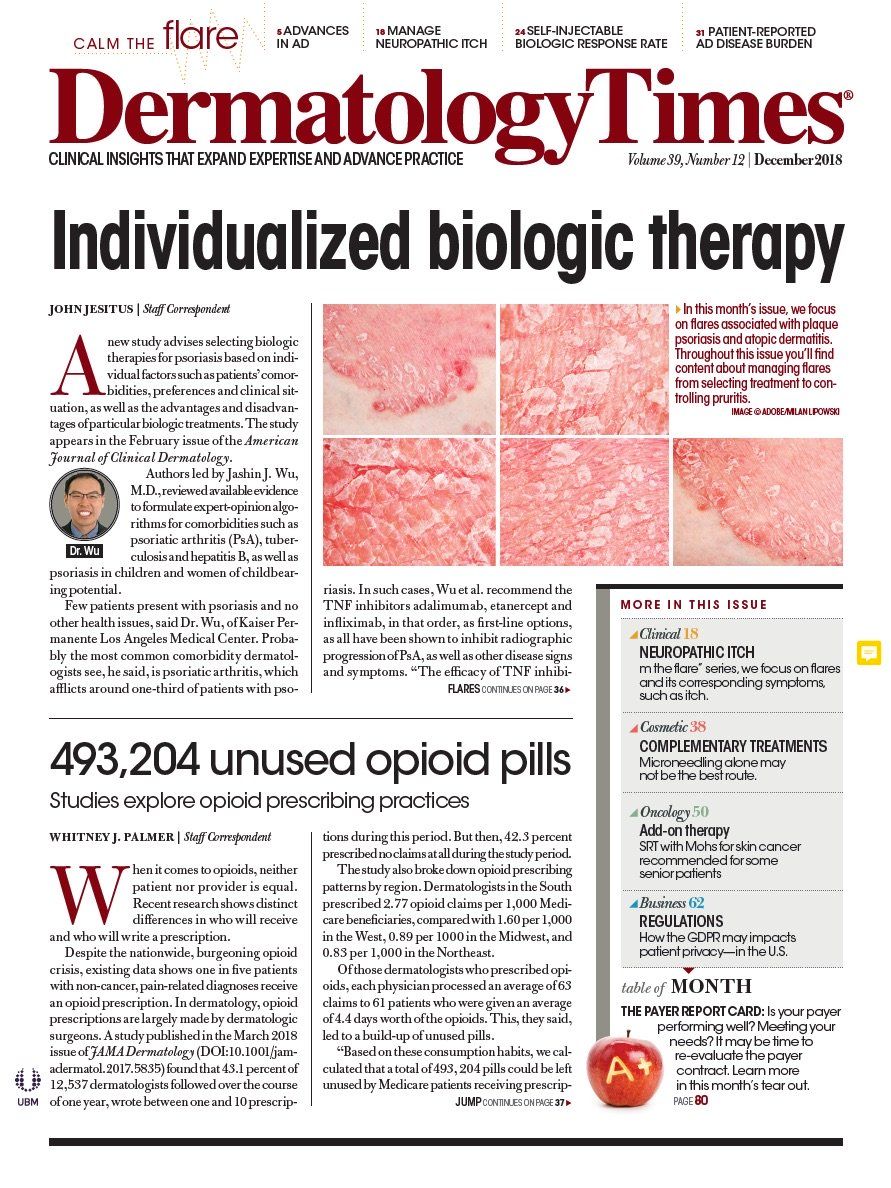
Newsletter
Like what you’re reading? Subscribe to Dermatology Times for weekly updates on therapies, innovations, and real-world practice tips.


